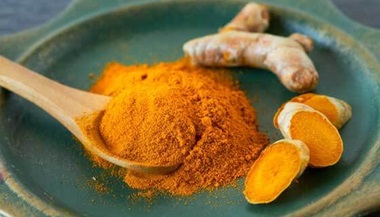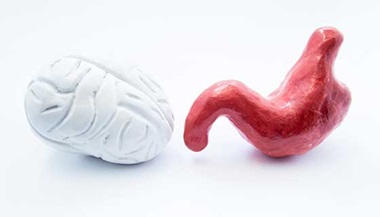FODMAP Diet: What You Need to Know
Reviewed By:
You may have heard of the FODMAP diet from a friend or on the internet. When people say “FODMAP diet,” they usually mean a diet low in FODMAP — certain sugars that may cause intestinal distress. This diet is designed to help people with irritable bowel syndrome (IBS) and/or small intestinal bacterial overgrowth (SIBO) figure out which foods are problematic and which foods reduce symptoms.
“The low FODMAP diet is a temporary eating plan that’s very restrictive,” says Johns Hopkins gastroenterologist Hazel Galon Veloso, M.D. “It’s always good to talk to your doctor before starting a new diet, but especially with the low FODMAP diet since it eliminates so many foods — it’s not a diet anyone should follow for long. It’s a short discovery process to determine what foods are troublesome for you.”
What is FODMAP?
FODMAP stands for fermentable oligosaccharides, disaccharides, monosaccharides and polyols, which are short-chain carbohydrates (sugars) that the small intestine absorbs poorly. Some people experience digestive distress after eating them. Symptoms include:
- Cramping
- Diarrhea
- Constipation
- Stomach bloating
- Gas and flatulence
How does the low FODMAP diet work?
Low FODMAP is a three-step elimination diet:
- First, you stop eating certain foods (high FODMAP foods).
- Next, you slowly reintroduce them to see which ones are troublesome.
- Once you identify the foods that cause symptoms, you can avoid or limit them while enjoying everything else worry-free.
“We recommend following the elimination portion of the diet for only two to six weeks,” says Veloso. “This reduces your symptoms and if you have SIBO, it can help decrease abnormally high levels of intestinal bacteria. Then every three days, you can add a high FODMAP food back into your diet, one at a time, to see if it causes any symptoms. If a particular high FODMAP food causes symptoms, then avoid this long term.”
What can I eat on the FODMAP diet?
Foods that trigger symptoms vary from person to person.
To ease IBS and SIBO symptoms, it’s essential to avoid high FODMAP foods that aggravate the gut, including:
- Dairy-based milk, yogurt and ice cream
- Wheat-based products such as cereal, bread and crackers
- Beans and lentils
- Some vegetables, such as artichokes, asparagus, onions and garlic
- Some fruits, such as apples, cherries, pears and peaches
Instead, base your meals around low FODMAP foods such as:
- Eggs and meat
- Certain cheeses such as brie, Camembert, cheddar and feta
- Almond milk
- Grains like rice, quinoa and oats
- Vegetables like eggplant, potatoes, tomatoes, cucumbers and zucchini
- Fruits such as grapes, oranges, strawberries, blueberries and pineapple
Get a full list of FODMAP food from your doctor or nutritionist.
Who should try it?
The low FODMAP diet is part of the therapy for those with IBS and SIBO. Research has found that it reduces symptoms in up to 86% of people.
Because the diet can be challenging during the first, most restrictive phase, it’s important to work with a doctor or dietitian, who can ensure you’re following the diet correctly — which is crucial to success — and maintaining proper nutrition.
“Anyone who is underweight shouldn’t try this on their own,” says Veloso. “The low FODMAP diet isn’t meant for weight loss, but you can lose weight on it because it eliminates so many foods. For someone at an already too low weight, losing more can be dangerous.”
How a Doctor Can Help
Dietary changes can have a big impact on IBS and SIBO symptoms, but doctors often use other therapies as well. Antibiotics can quickly reduce small intestinal bacterial overgrowth, while laxatives and low-dose antidepressants can relieve symptoms of irritable bowel syndrome.
A combination of dietary changes, medications and stress management techniques is often the best approach. Learn how you can work with a doctor to find the SIBO and IBS treatments that work well for you.







